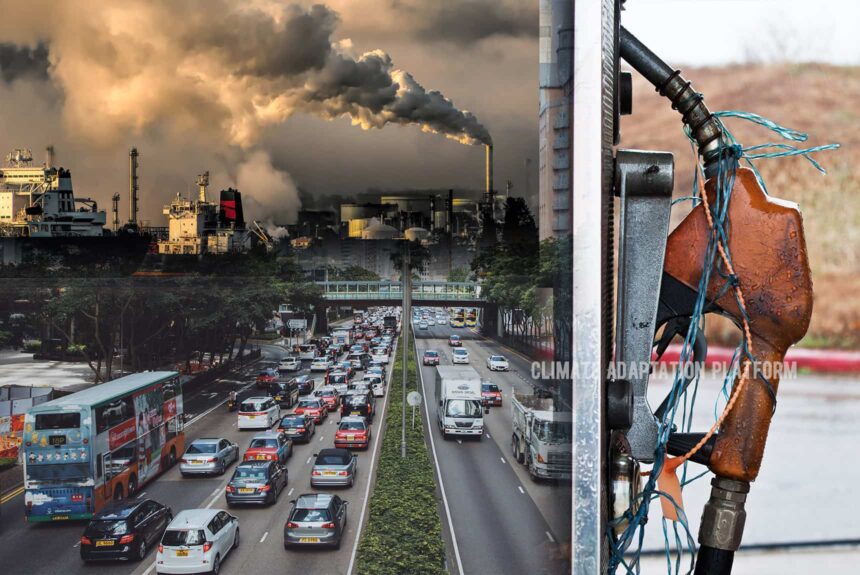Southeast Asia’s rapid economic growth in the past two decades means the region’s energy demands are also rising.
The region’s heavy reliance on fossil fuels will make it difficult for them to achieve its climate targets and transition to low-carbon fuel sources, making it more vulnerable to climate change’s worsening effects and could reverse its hard-won economic gains.
According to the IEA Southeast Asia Energy Outlook 2022 report, the ten member economies of the Association of Southeast Asian Nations (ASEAN) – Brunei Darussalam, Cambodia, Indonesia, Lao People’s Democratic Republic (Lao PDR), Malaysia, Myanmar, the Philippines, Singapore, Thailand and Viet Nam are among the world’s fastest-growing.
Boosting the transition to sustainable energy will bring many advantages to the region, including reducing carbon emissions and fossil fuel imports, accelerating access to electricity and clean cooking solutions to the citizens, and opening up business opportunities in the emerging clean energy economy.
The report says that energy demands in Southeast Asia have grown by 3% each year in the past 20 years and will continue until 2030. Although there are growth variations among the ten countries, almost all of their economies have doubled since 2000.
Three-quarters of the increase in energy demand to 2030 will be supplied by fossil fuels, leading to a 35% increase in carbon emissions.
Energy access has been improving in the region in recent years – 95% of all households have electricity, and 70% have clean cooking solutions such as liquefied petroleum gas and improved cook stokes. But in Myanmar and Cambodia, access to electricity and clean cooking solutions remains very low, and the current price increase threatens their progress.
Total energy investment would need to reach USD 190 billion a year by 2030 to meet the region’s climate goals, up from around USD 70 billion annually between 2016 and 2020.
While international development finance is essential, the report says ASEAN members could reduce financing costs and attract private investors by signalling their clear commitment to deploy low-carbon energy and improving regulatory and financing frameworks.
The Southeast Asia Energy Outlook 2022 is the fifth edition of this World Energy Outlook Special Report. Building on its essential partnership with Southeast Asia, the International Energy Agency (IEA) has published these studies regularly since 2013.
The studies offer insightful prospects for the ten member countries of the Association of Southeast Asian Nations (ASEAN) – Brunei Darussalam, Cambodia, Indonesia, Lao People’s Democratic Republic (Lao PDR), Malaysia, Myanmar, the Philippines, Singapore, Thailand and Viet Nam.
Read the report: Southeast Asia Energy Outlook 2022



Leave a Reply